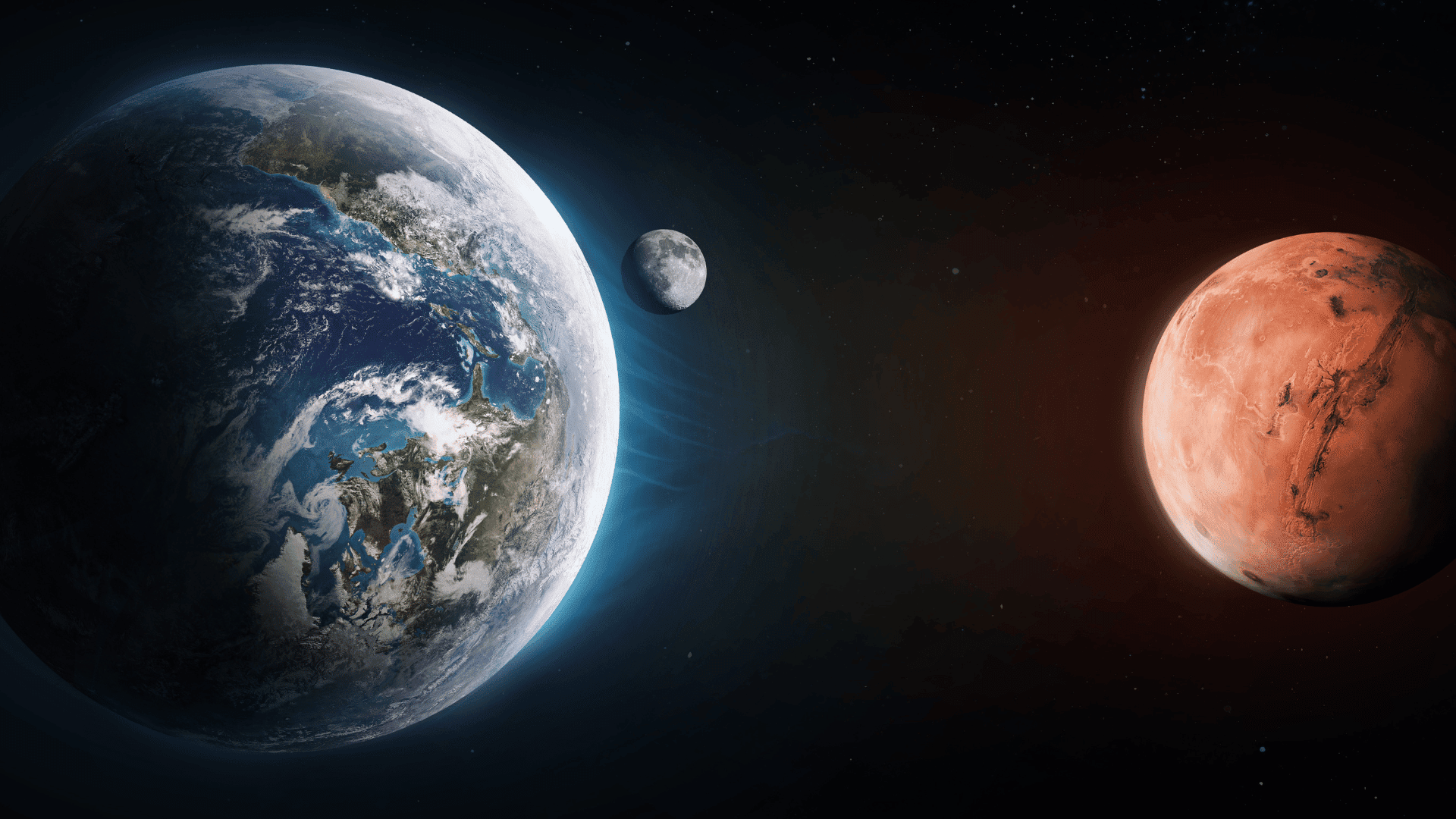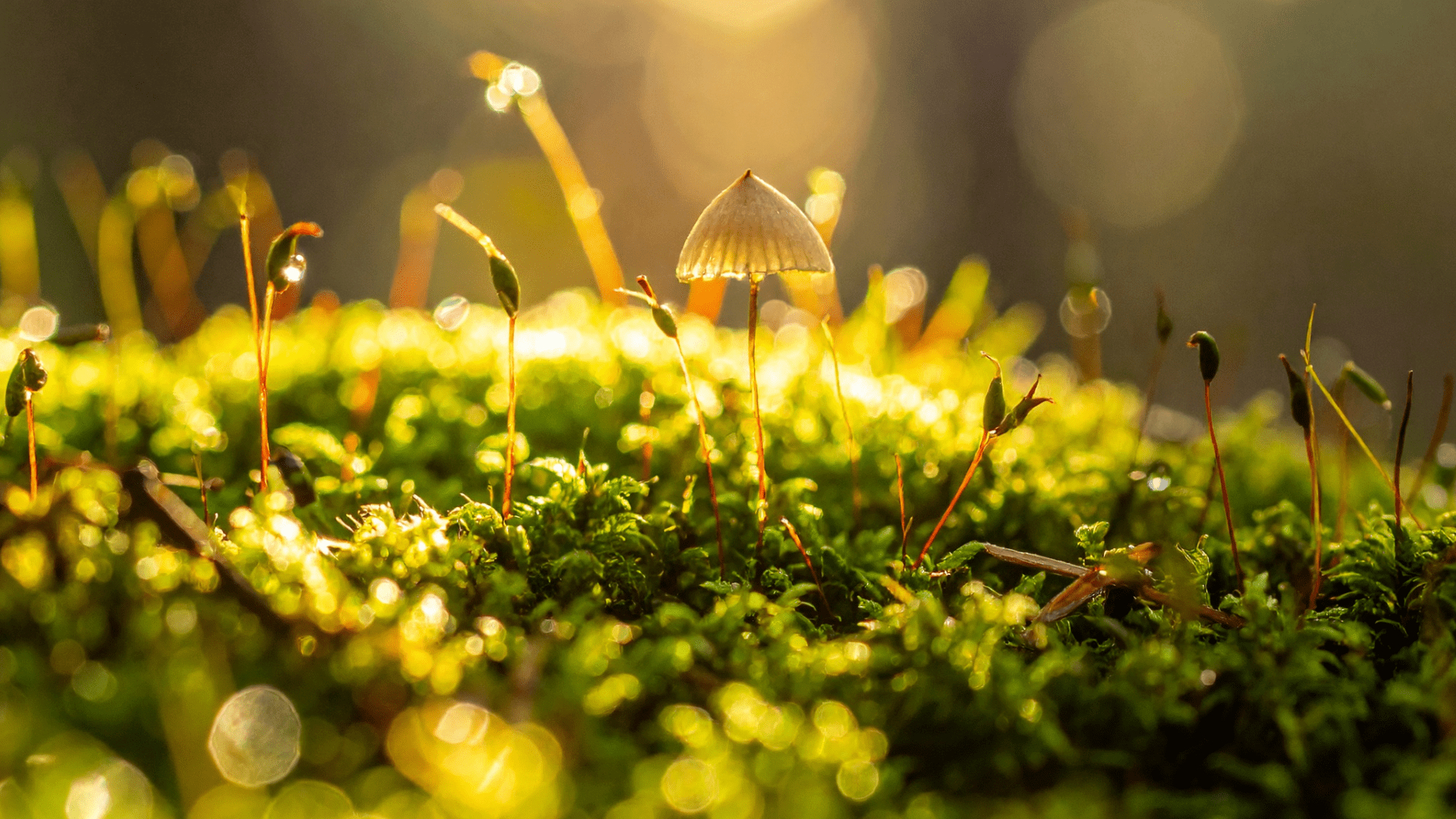On one of the best stargazing nights of the summer, skywatchers can spot a crescent moon close to Mars alongside several meteor showers tonight. The Mars and Moon pair will make an appearance just 45 minutes after sunset and will be visible across the world.
Mars and Moon Conjunction

According to Live Science, the conjunction between Mars and the 19%-illuminated waxing crescent moon will be located above due west, which will make it visible to most people. The space between the pair will only be about 1 degree or the width of your little finger held at arm’s length.
Though Mars isn’t currently at its brightest point, the Moon will show Earthshine or an illumination of its night side caused by sunlight reflecting off Earth. As this conjunction is taking place, meteor showers will begin to enter their peak.
Meteor Shower Peaks
The Pisces Austrinid meteor shower will peak in the early hours of July 28th. In dark, clear skies, up to five meteors per hour will be visible.
This is just one of four meteor showers in the process of approaching their peak. From July 29-30, the Delta Aquariid and Alpha Capricornid meteor showers will peak. The former will have up to 20 shooting stars per hour, and the latter will have up to five per hour.
The Perseids meteor shower is also best viewed in late July this year. Though it doesn’t peak until August 12-13, it will be more difficult to see by that point due to the brightness of the full Sturgeon Moon.
Additionally, a couple of hours after sunset, the crescent moon and Mars will set, leaving the night skies dark, free of moonlight, and perfect for spotting meteors. According to Forbes, for the best viewing experience, go to a park or open field with low levels of light pollution, ensure you allow 20 minutes prior to the event for your eyes to adjust to the darkness, use binoculars, and avoid looking at smartphones or artificial lights.







